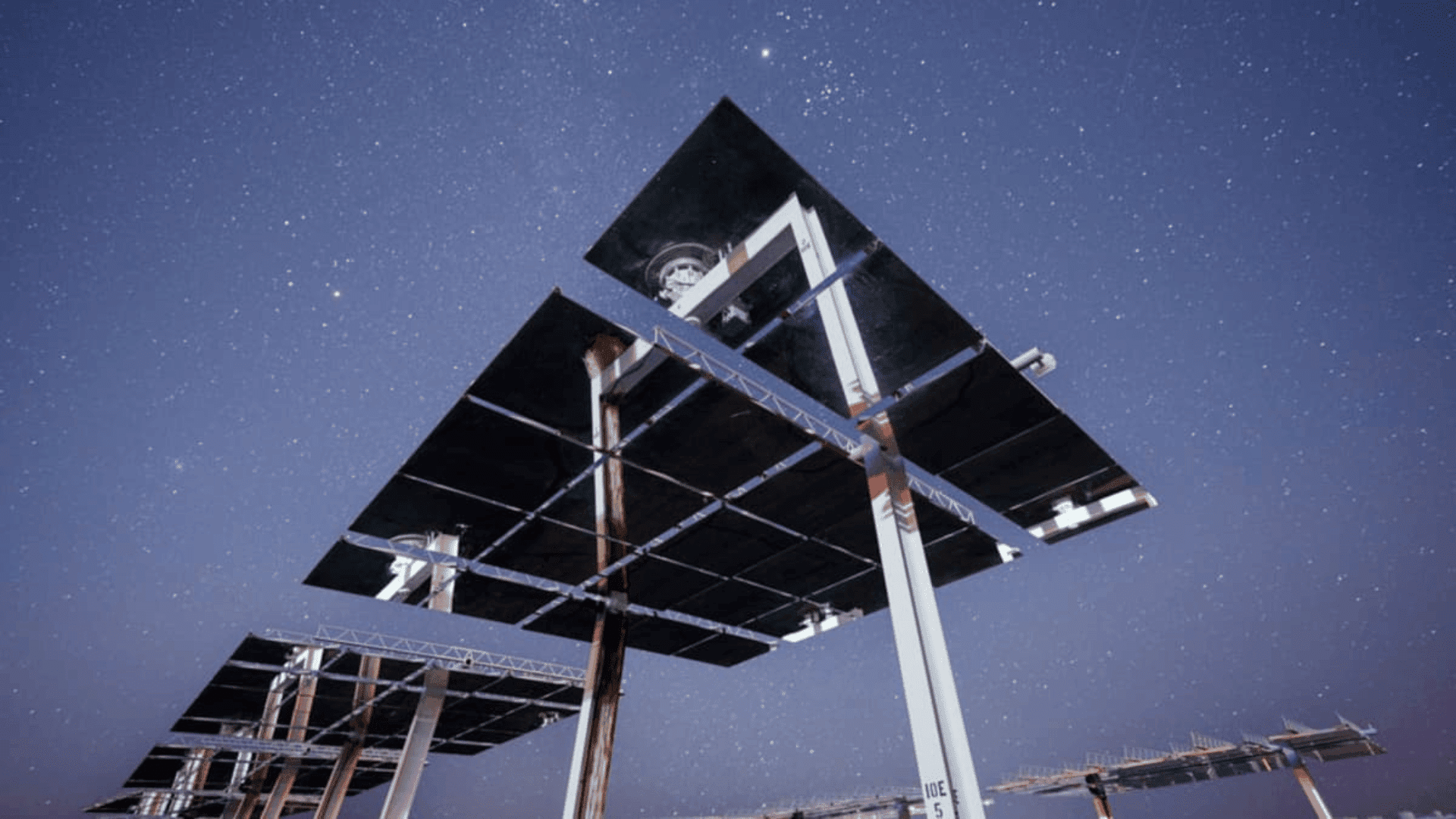Scientists are testing a system that turns solar-power mirrors into a means of detecting asteroids after dark without using telescopes.
Detecting Asteroids Without Telescopes

John Sandusky, a scientist at Sandia National Laboratories, believes that heliostats, which reflect light to generate electricity, could also be used to detect faint light reflected off near-Earth objects.
“The heliostat fields don’t have a night job. They just sit there unused. The nation has an opportunity to give them a night job at a relatively low cost for finding near-Earth objects,” Sandusky said in a press release. “If we knew ahead of time that an asteroid was coming and where it might hit, we’d have a better chance to prepare and reduce the potential damage.”
Sandusky used the National Solar Thermal Test Facility’s field of 212 heliostats to detect femtowatts, a millionth of a billionth of a watt of light reflected from asteroids. The experiments were conducted under a Laboratory Directed Research and Development project.
“Solar towers collect a million watts of sunlight,” he said. “At night, we want to collect a femtowatt, which is a millionth of a billionth of a watt of power of sunlight that’s scattered off of asteroids.”
Using standard optical instruments and existing software, Sandusky made the heliostat sweep back and forth once every minute. Whereas telescopes use long-exposure images to spot asteroid streaks, this method measures an asteroid’s speed relative to stars.
Though they haven’t attempted to find an asteroid using this method yet, Sandusky proved that the heliostat could effectively track stars. According to Interesting Engineering, Sandusky also noted that the method has potential defense applications, as it could support the U.S. Space Force in tracking spacecraft in cislunar space, an area near the Moon that’s challenging to monitor from Earth.
The project’s next step would be to use the system to track a known planet. This would allow scientists to test the system’s level of precision. If it proves successful, the new tracking method has the potential to save time and money.
“We’re looking for opportunities to scale up from one heliostat to many and try to demonstrate that we can help find near-Earth objects,” he said. “We also want to demonstrate we can scale up the technology to detect even smaller asteroids.”







